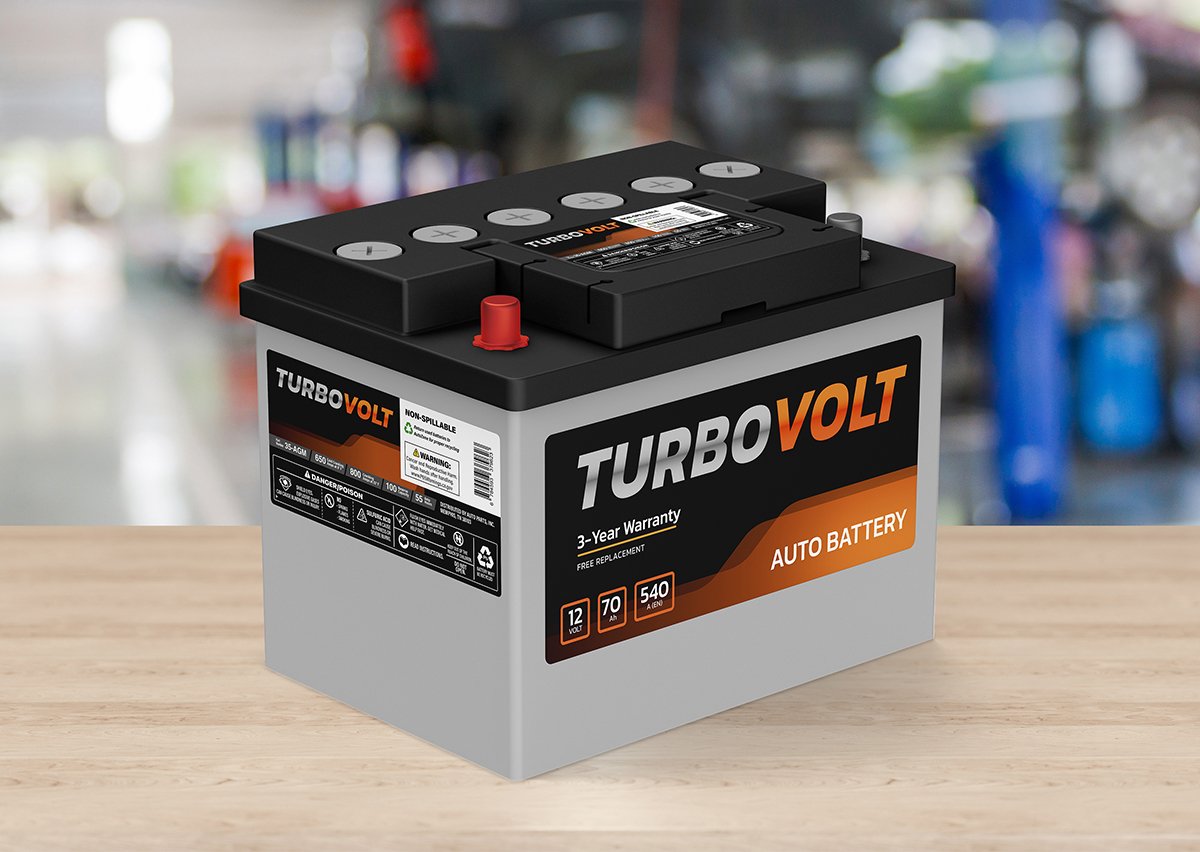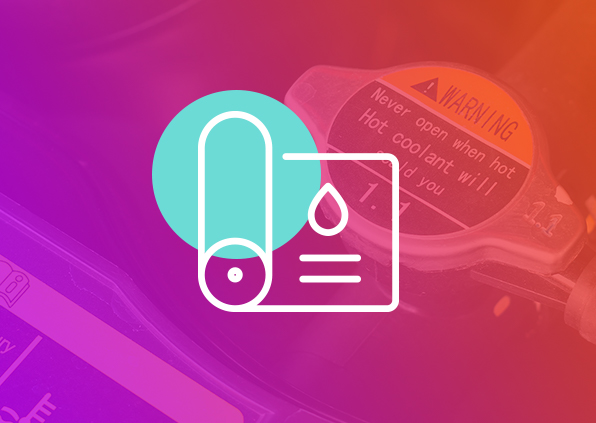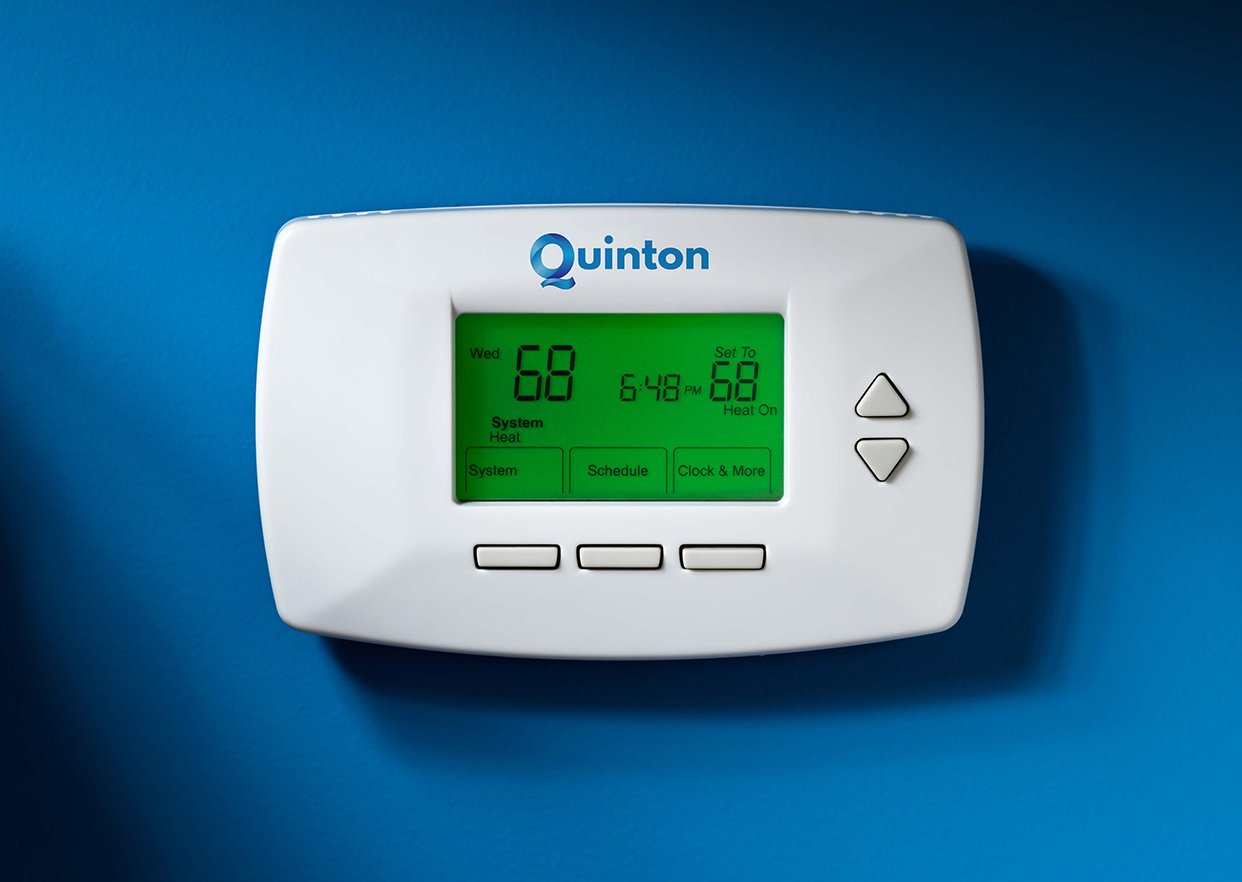We recently looked at label converting processes and how the choice between flexographic, digital and hybrid printing technology can impact the total cost of ownership (TCO) of a durable industrial label.
Our TCO-reduction blog series continues and the topic this time is label topcoats. The laminate or topcoat chosen for a durable label obviously influences the printing cost of the label. However, it also has far-reaching implications on the performance of the label – and your long-term total cost of ownership.
The Cost vs. Durability Decision
Industrial labels are essential to many of the products we all use each day but not all labels are created equal. To keep TCO low, you should first consider whether a given durable industrial label actually requires a topcoat or laminate. There is no sense paying for durability beyond what is needed.
You might, for example, be able to sidestep the decision by selecting a different printing technology. Simply producing the label on a UV inkjet press that uses durable ink could give you the added durability you need while eliminating the extra cost of a topcoat or laminate.
However, let’s assume you determine that label durability is a significant concern and a laminate or topcoat is necessary. The choice, then, revolves around the laminate specifications and/or topcoat formulation. Here are the most common options.
A Quick Look at Laminates
Polyester (PET)
Polyester laminates are the most commonly used lamination material in industrial labels. PET laminates provide excellent scratch and chemical resistance, making them suitable for harsh environments. The downside is that PET laminates are more expensive compared to other materials and they might impact the printer's consumables, such as print heads and ribbons.
Polycarbonate (PC)
Polycarbonate laminates are known for their outstanding impact resistance and high-temperature tolerance. They are often used in applications that require labels to endure extreme conditions, such as industrial machinery, electronics and medical equipment. However, polycarbonate laminates are more expensive than PET and may not be a cost-effective option for all applications.
Polypropylene (PP)
Polypropylene laminates can be a more cost-effective alternative to PET and polycarbonate laminates. Polypropylene laminates are less expensive, lighter weight and offer good chemical resistance. They are suitable for non-critical applications where durability is not a primary concern.
Vinyl (PVC)
Another versatile alternative, vinyl laminates offer an affordable laminate option for indoor applications with limited direct exposure to outdoor environments.
The Top Line on Topcoats
Fade resistance
Fade-resistant label topcoats protect printed labels from the damaging effects of exposure to sunlight and other environmental elements. They help maintain the vibrancy and clarity of printed images, texts and barcodes over extended periods, making them ideal for outdoor applications and products with prolonged shelf life.
Abrasion resistance
Labels with abrasion-resistant topcoats are highly durable and can withstand friction and physical wear, preventing the printed information from getting smudged or scratched. These coatings are essential for products that may encounter rough handling or challenging environments, ensuring the labels remain intact and readable.
Chemical resistance
Chemical-resistant topcoats shield labels from contact with various substances and prevent ink or toner from dissolving or reacting with chemicals. This type of topcoat is vital for labels used on chemical containers, industrial equipment or products that may come into contact with liquids or solvents.
Anti-wicking
Anti-wicking topcoats prevent the migration of water, ink or toner along the label's surface. This ensures sharp and well-defined printed content, even when exposed to moisture or humid conditions. Such labels are ideal for applications where ink spread or wicking could compromise the label's legibility.
Anti-static
Labels with anti-static topcoats are designed to repel static charges, reducing the accumulation of dust and debris on the label's surface. This feature is crucial in electronic and sensitive environments to maintain a clean and professional appearance while ensuring accurate data readability.
Toner/inkjet receptions
Toner or inkjet receptive topcoats enhance the compatibility and print quality of labels with laser printers, inkjet printers or copiers. These coatings facilitate better adhesion and color saturation, resulting in sharper images and text. This makes them perfect for custom labeling and professional-grade printouts.
Handwriting reception
Labels with handwriting-receptive topcoats are optimized for manual writing with pens, markers or pencils. The coatings allow smooth writing and prevent ink smudging or feathering, making them ideal for applications where additional information needs to be added by hand, such as name tags or shipping labels.
Each type of label topcoat offers specific advantages, allowing businesses and consumers to select the most suitable label based on their application requirements and environmental conditions. Whether it's for product packaging, asset management or identification purposes, choosing the right topcoat can significantly enhance the label's performance and longevity.
Putting It All Together
Selecting the appropriate label topcoat or laminate is crucial for creating durable labels at the right cost.
· The challenge is to select the right combination of materials and finishes to enhance resistance against various environmental factors, ensuring longevity and readability of the label's content.
· Proper selection considers factors such as substrate type, exposure conditions, abrasion resistance, chemical resistance and visual appeal.
· The ultimate goal is a label that maintains its function, integrity and legibility throughout the intended lifespan.
Label TCO Blog Series Continues
Be sure to watch the Taylor.com blog in the weeks ahead as our look at durable label TCO continues. Next time, we examine the role that label substrates play in determining the total cost of ownership of an industrial label.
Taylor: Tops in Topcoats and Laminates
Taylor’s expertise with durable labeling solutions is based, in part, on the materials science knowledge that we possess in-house. Our label team can help you decide which topcoat or laminate will enable you to reduce costs, improve product durability and comply with industry standards.










